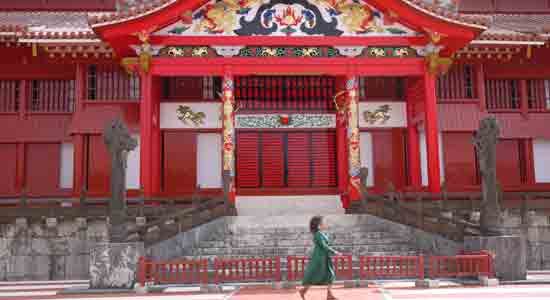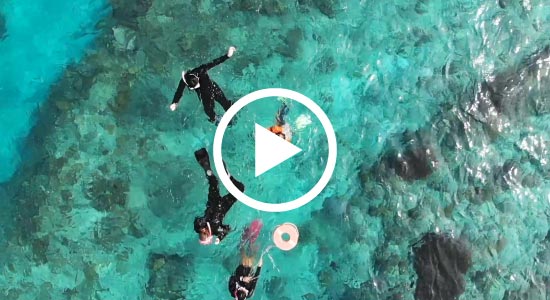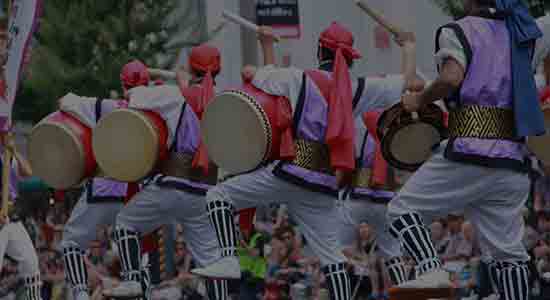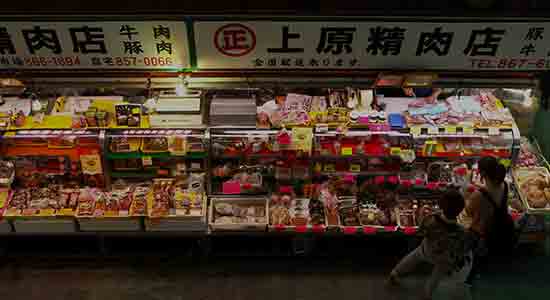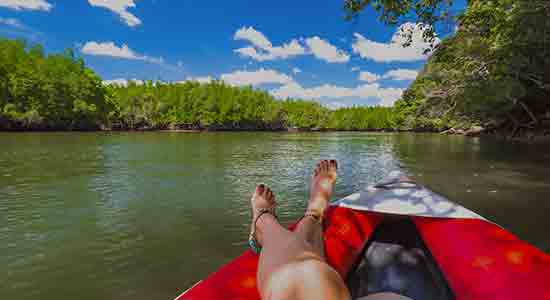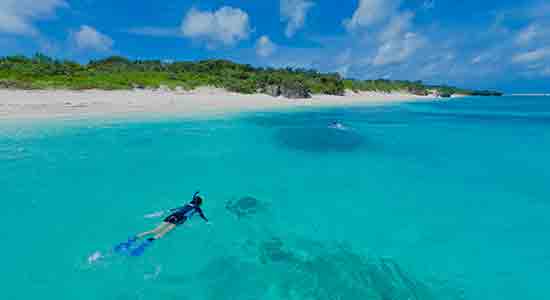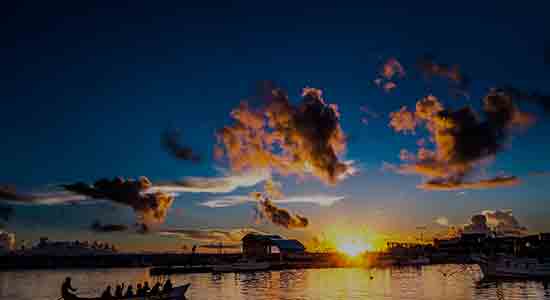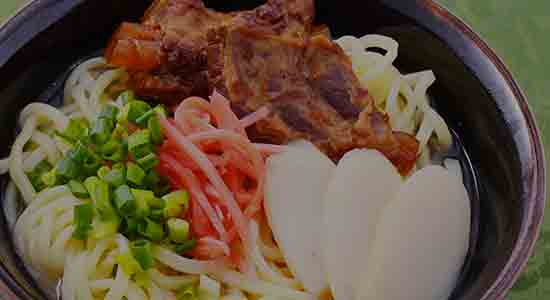Getting in touch with islanders and different culture to know the “true face of Okinawa”
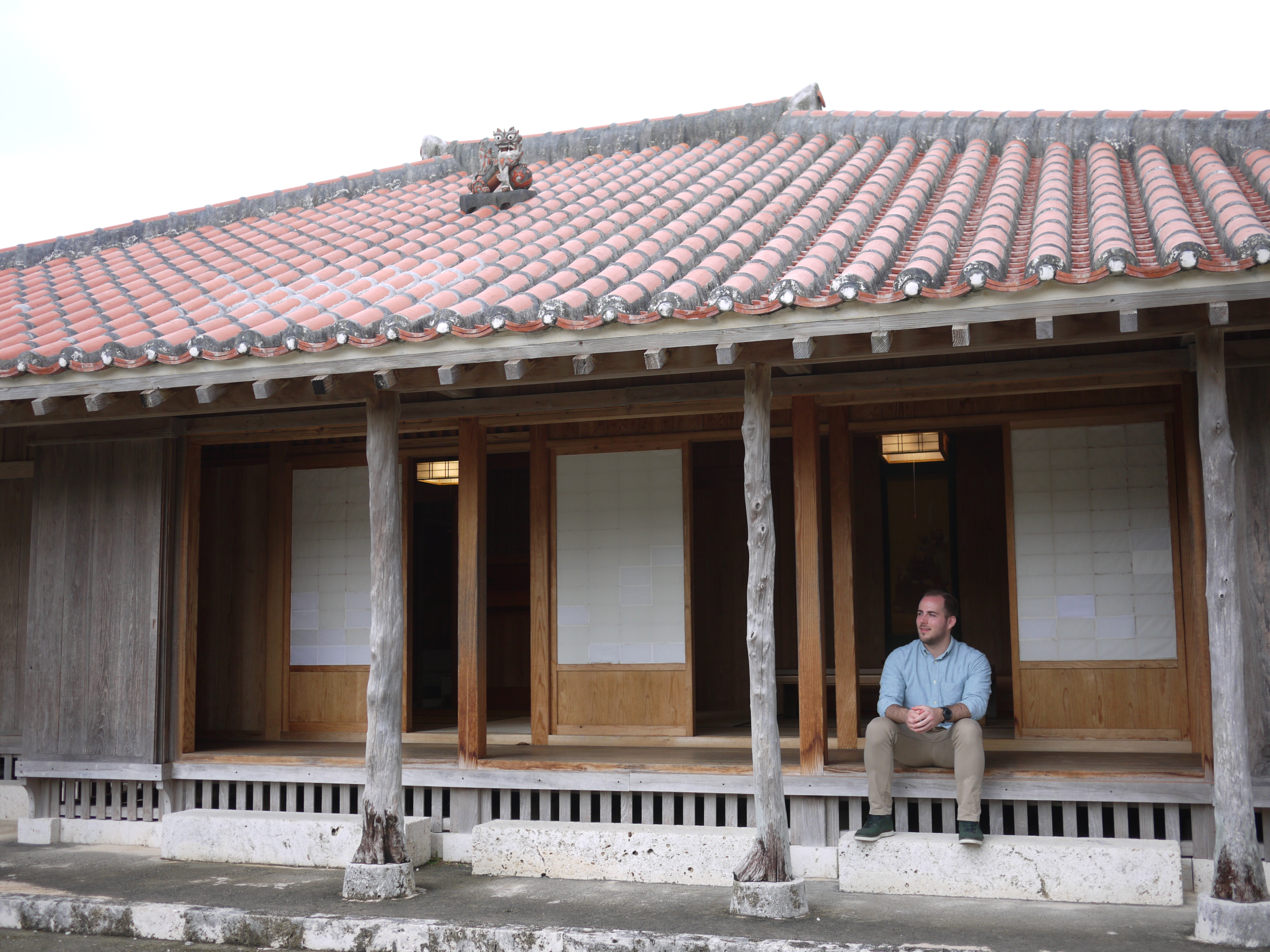
Okinawa—a subtropical paradise surrounded by the world’s most beautiful sea.
Since the ancient times, people of the island have lived closely with nature, and have fostered the wisdom of the life rooted there. The traditional culture that has been passed down despite many historical backgrounds, is full of uniqueness, unlike other countries and mainland Japan.
Why not experience the extraordinary living culture to your heart’s content to discover the “true face of Okinawa”?
See the lifestyles of Okinawa Main Island, Miyako Island and Kume Island
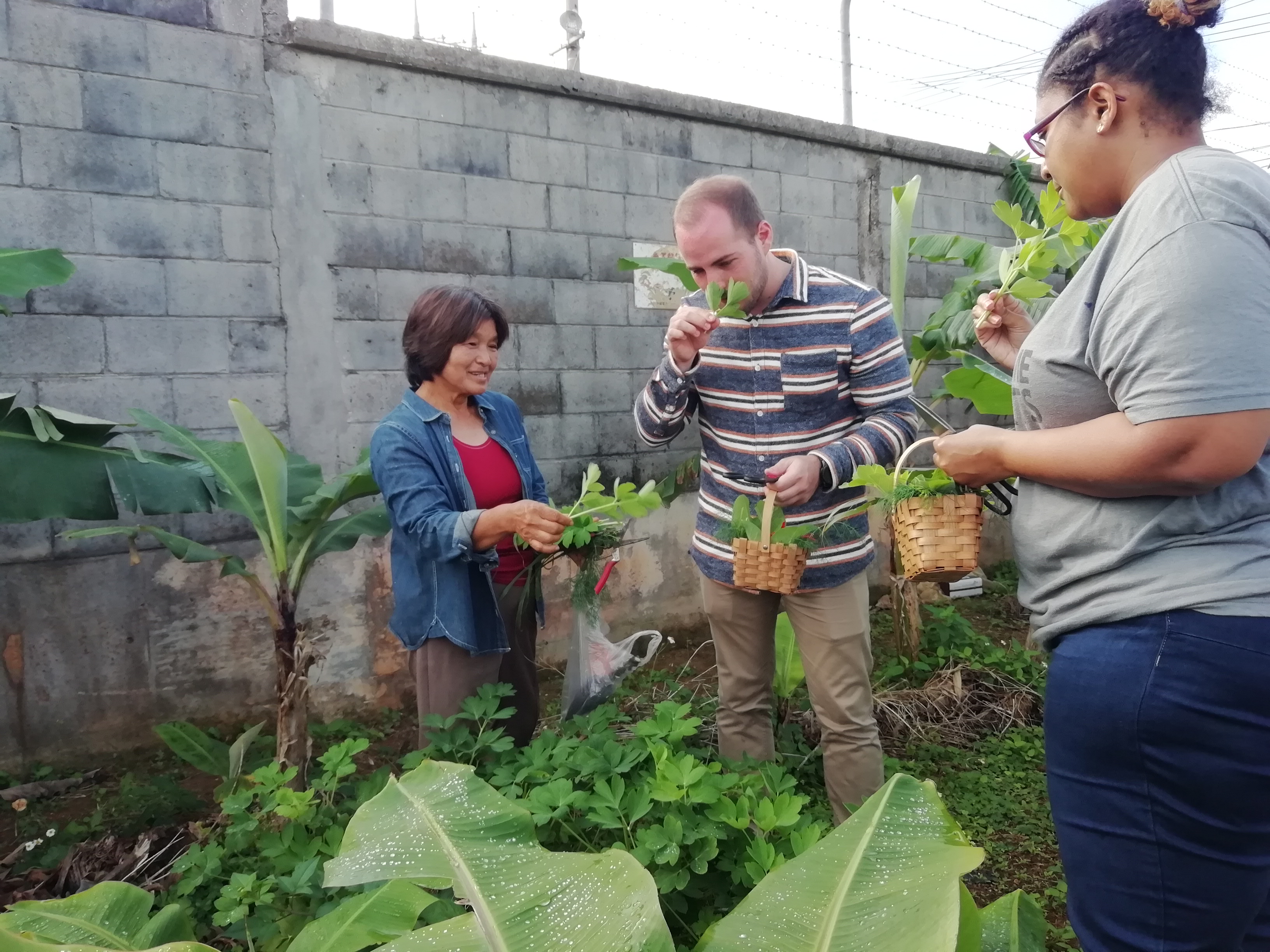
It is a recommended model course and a travel style that goes one step further in, to experience the extraordinary living culture of unique traditional life that has been passed down for generations and lifestyle harmonized with nature.
On the first day, you will stay in Naha city on the southern part of the main island, which has developed as the center of Okinawa. You will experience traditional culture such as “Yachimun (grilled dish)” and their unique food culture. You can also learn Okinawa’s history and spiritual culture from the “Chanpuru culture” which developed through adopting different cultures from neighboring Asian countries and America.
On the second day, you will travel to Miyako Island via Irabu-Ohashi Bridge that opened in 2015. Miyako Island is where Paantu was designated as UNESCO Intangible Cultural Heritage in 2018 and made the island come under the global spotlight. Here, you can enjoy a visit of private house in a village, field harvesting and cooking experiences.
On the third day, to the superb healing location of Kume Island. You can enjoy blessings from the abundant nature, such as Awamori made from the pure natural water, prawns and sea grapes of local special products, and spa using deep ocean water.
Each island waits for you to encounter a special experience closely related to the area, in order to feel the real daily life by interacting with local people.
To discover the history of Ryukyu from traditional crafts and food
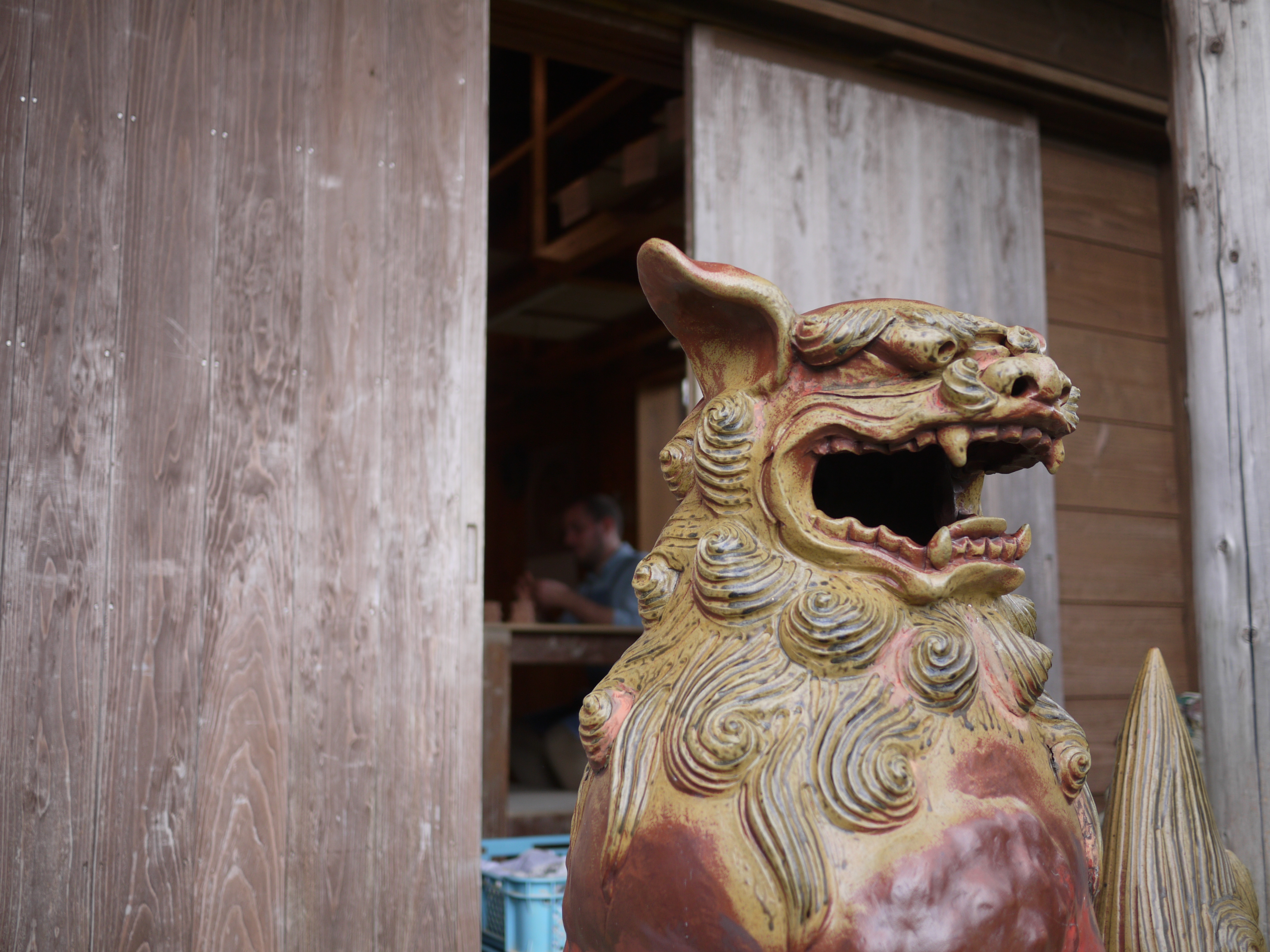
The journey began from Naha, the southern part of Okinawa Main Island.
While preserving some aspects of the Ryukyu Dynasty, it has been introducing new cultures and is thrived with many people. Traditional handicrafts such as Tsuboya ware, Ryukyu lacquerware and Bingata, and lifestyle that still rely on markets which look like a gigantic maze, all of these confirm that the place once belonged to the Kingdom of Ryukyu. It is said that “Ryukyu” first opened up the magnificent path of trade against the world.
The energetic air that fulfills the city of tropics made me realize the subtle power of the small island.
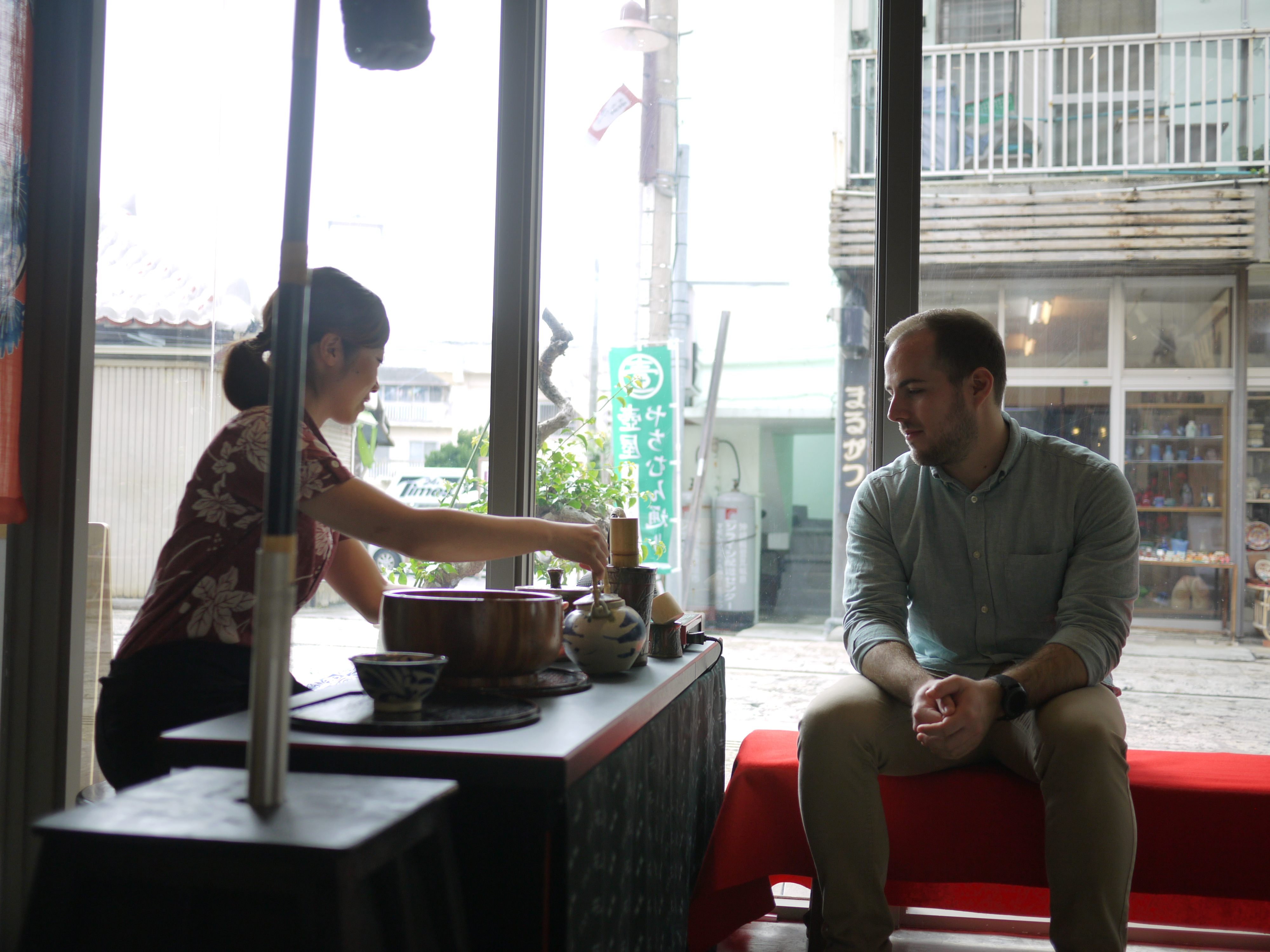
Interacting with local people in Miyako Island where sparkling sea surrounds
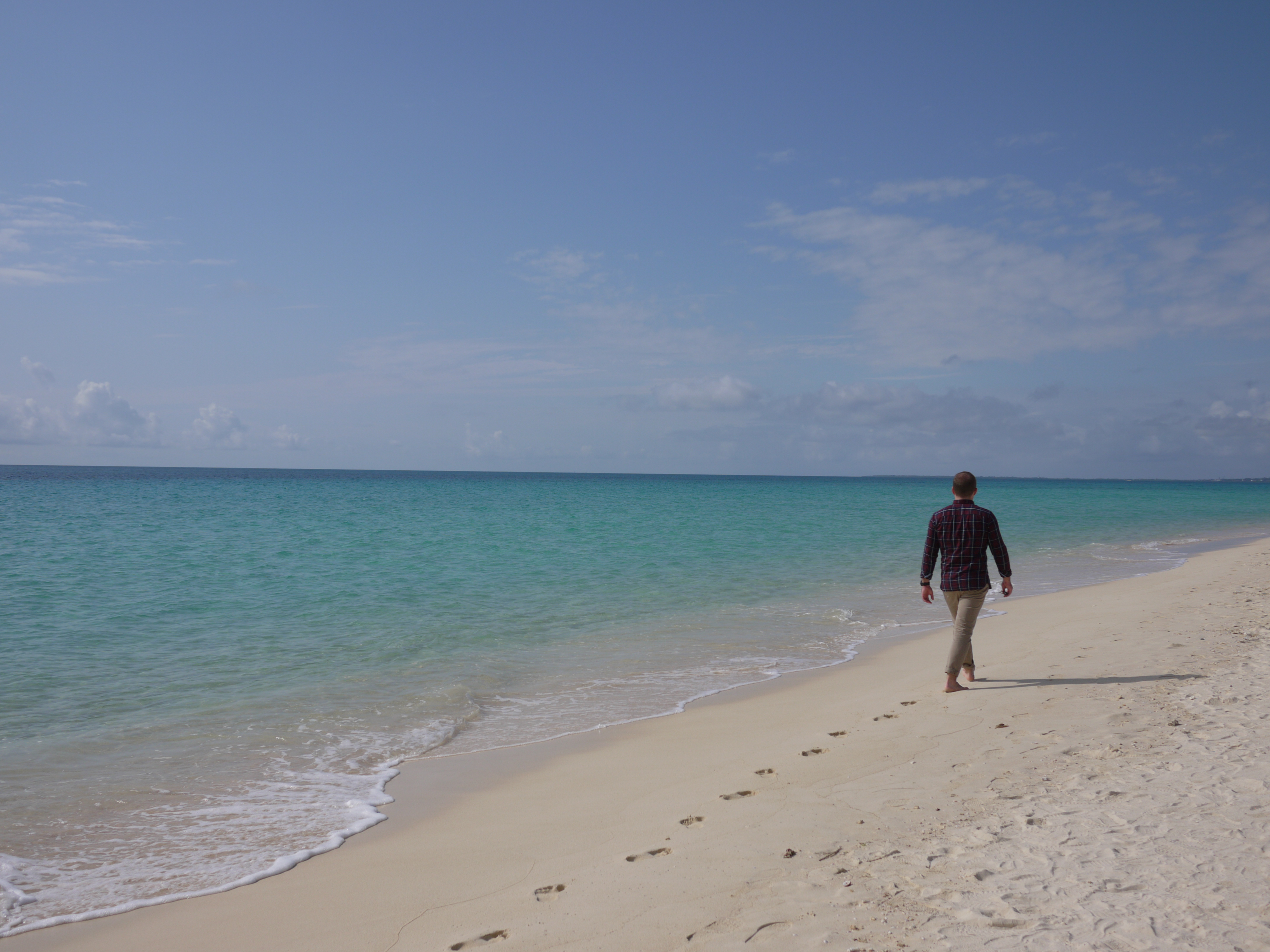
Interacting with local people is one of the real pleasures of traveling. I flew to Miyako Island in search of a deeper experience. Anywhere I went, spectacular views such as Yonaha Maehama Beach also known as “the whitest sandy beach of the East” and East Henna Cape (one of the 100 best sceneries in Japan) welcomed me. A village festival called “Paantu” is held annually on the September of the lunar calendar. Muddy supernatural beings appear and spread mud everywhere – people, cars, houses, etc., to scare away evil spirits.
In a small fisherman’s town of Irabu Island, I visited houses of islanders while wondering narrow alleys that couldn’t be drawn on the map. Their hospitality made me feel warm.

“Kumi no shima” — abundant nature that is still alive to present days
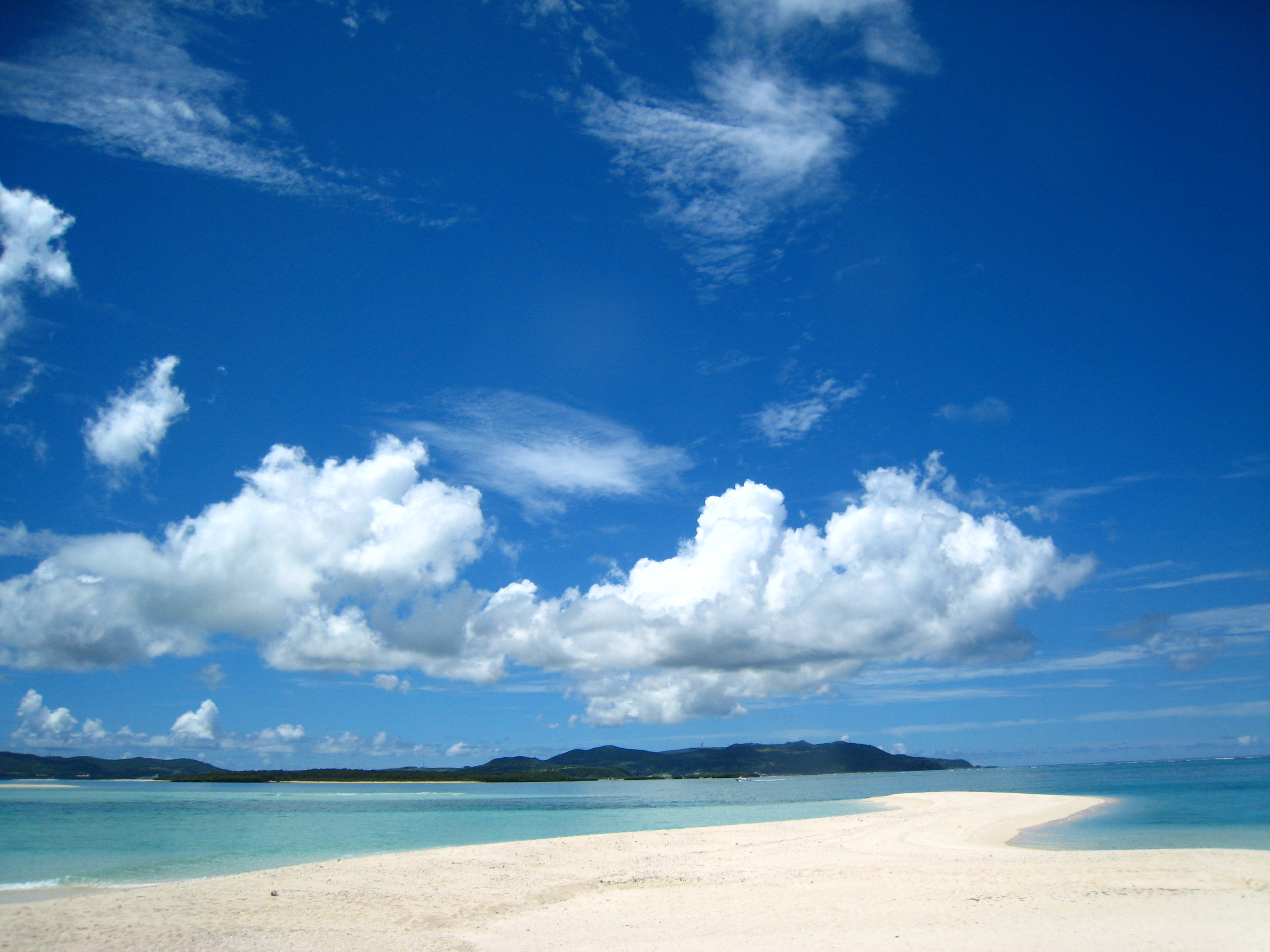
After I enjoyed picking local ingredients and eating local cuisine with women of islanders in Miyako Island, I headed to Kume Island via Okinawa Main Island.
Pure white sandy beach “Hate no hama” is a paradise that floats on the emerald green ocean. The view from the Uegusuku Castle Ruins (the highest castle in Okinawa) was once called “Kumi no shima” and is considered to be the most beautiful among Ryukyu Archipelago.
Eventually, the night came and the tranquilized island was surrounded by sky full of stars.
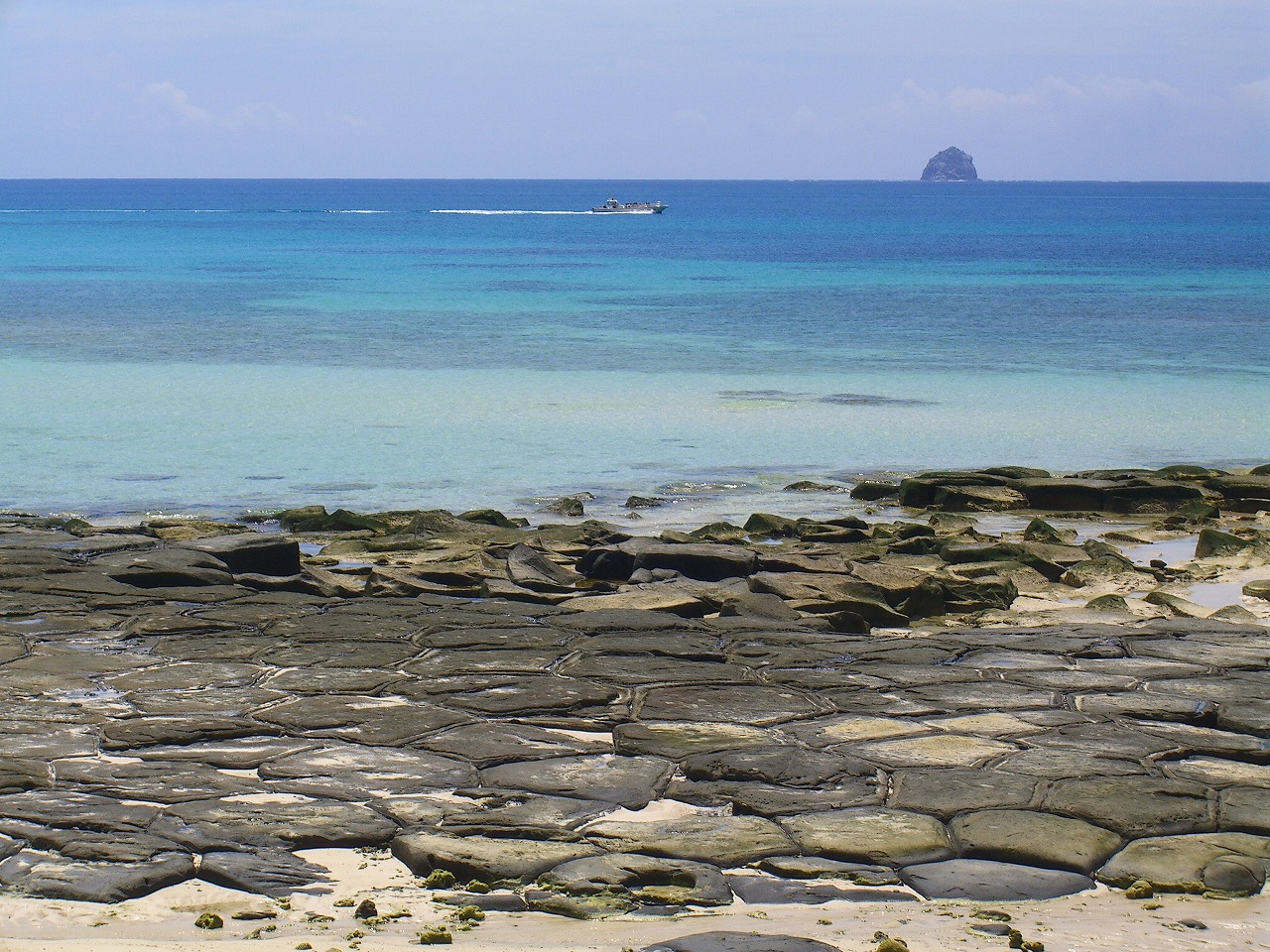
Experience of Kume Island’s craft that weaves together memories of the beautiful journey
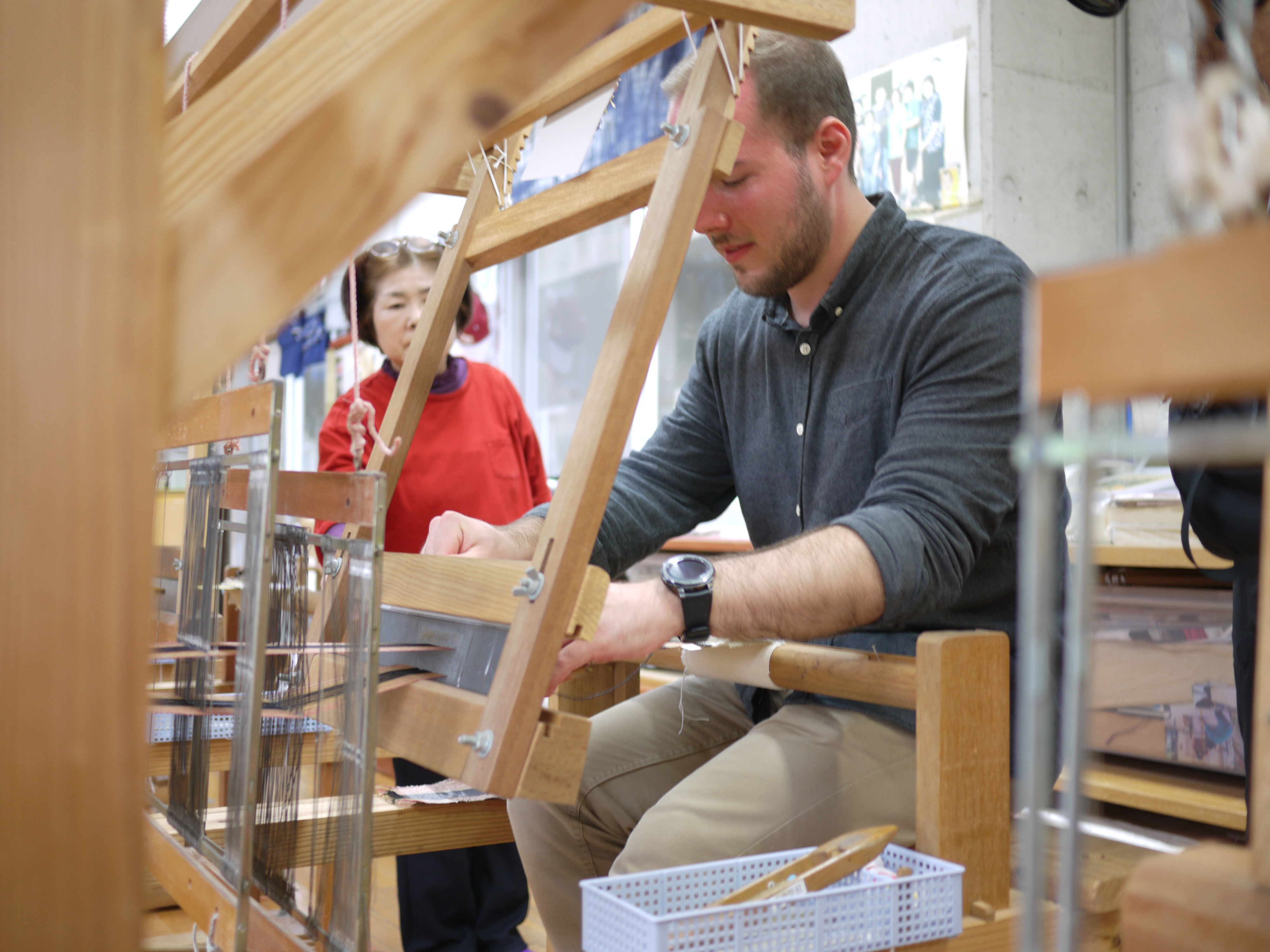
Kume Island has developed its own lifestyle and culture on the land of rich nature by flourishing the trade route between the continent and the kingdom.
I heard a rhythmic sound coming from somewhere, as I was drawn towards that sound and to discover “Kumejima-tsugumi no Sato”, where women weaving to make tsugumi (pongee).
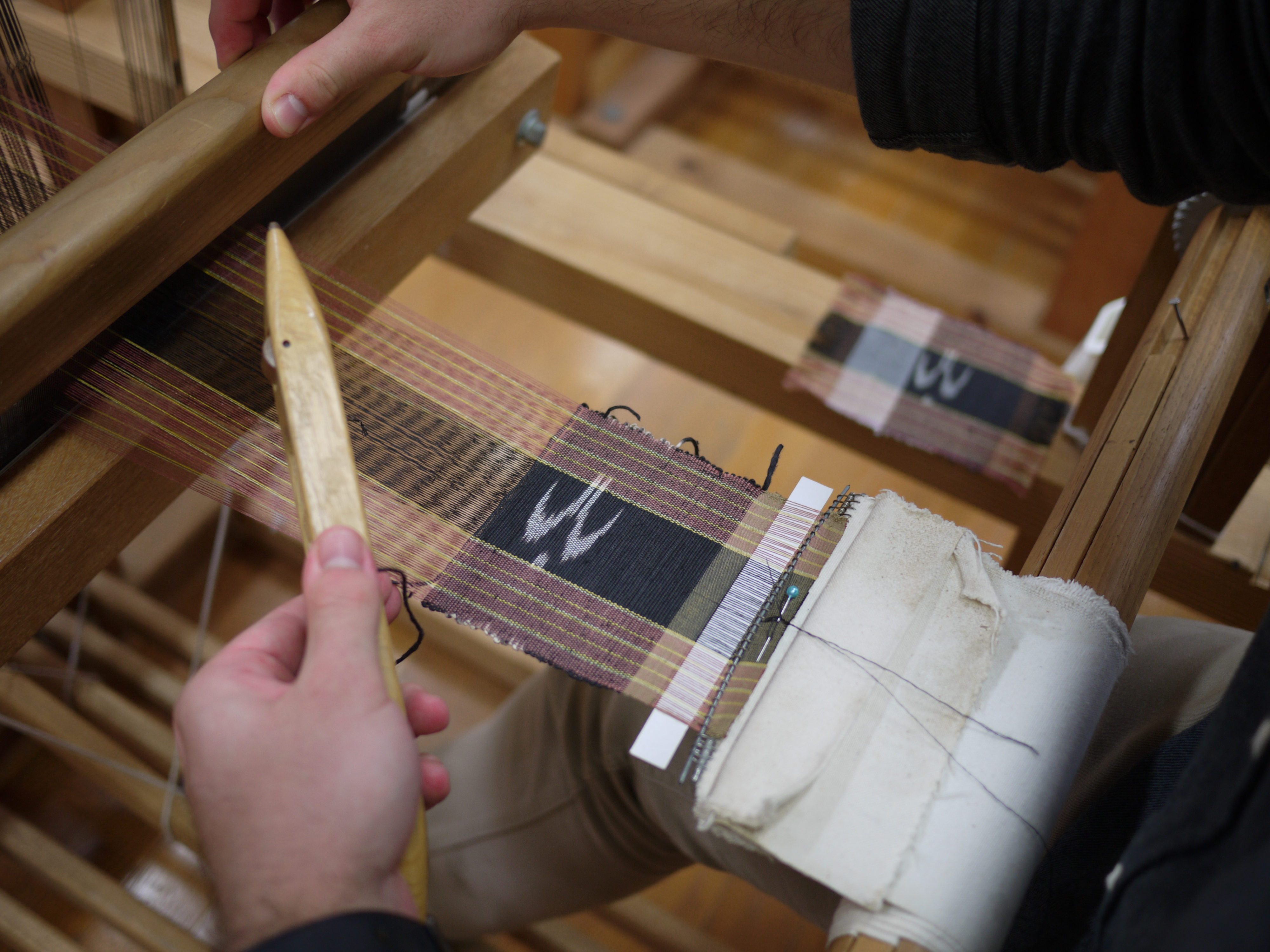
The dyes are only made from the natural plants grown on the island. Flowers and animals, daily commodities that are intimate to their living become motif colors and patterns, and it is said to be producing the most beautiful work among the many tsugumi fabrics in Japan.
To end the journey, I visited a long-established sake brewery of 70 years. I was cherishing the time of once-in-a-lifetime-experience while drinking “Awamori” that made from a clean river water where fireflies still exist.
 Conclusion
Conclusion
3 nights 4 days – a journey of discovering living lifestyle of Okinawa and the Ryukyu culture.
By actually seeing and experiencing their senses and spirits that have been cultivated in the rich nature, and the traditional technique that have been passed down for generations, the “true face of Okinawa” I met during this journey reminded me of the important things that I have forgotten.
“Icharibachode” is one of words that is valued in Okinawa, and it means “Everyone will become bothers and sisters once met”.
The warm smiles of the islanders strongly captured in my vision with the vivid landscape of Okinawa.








